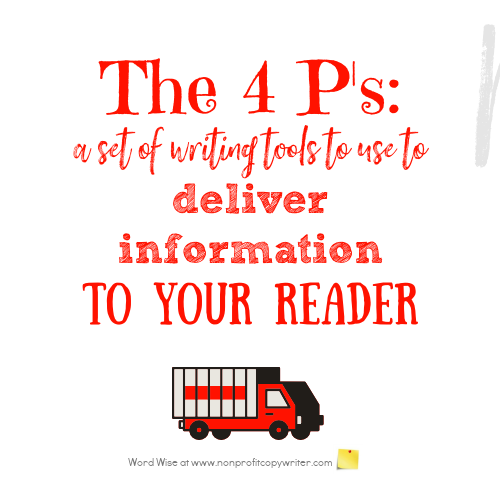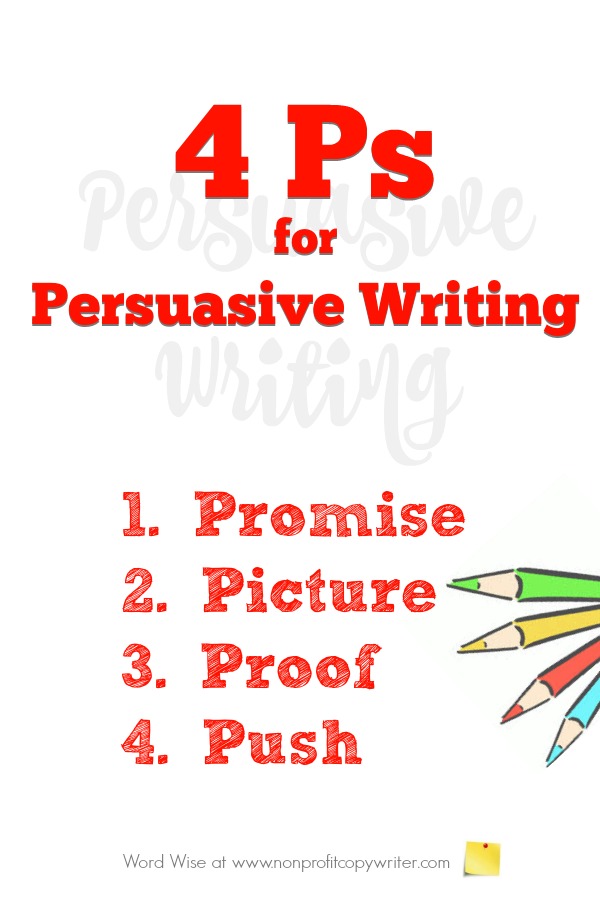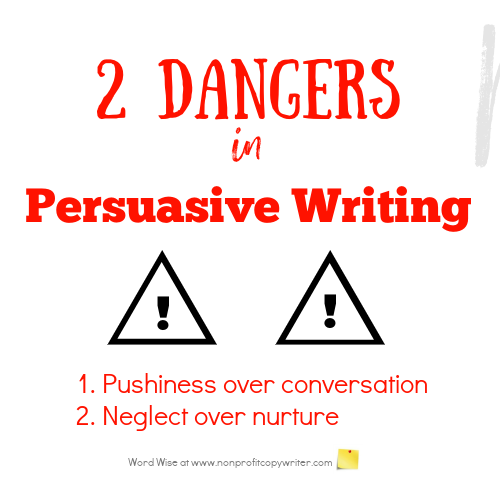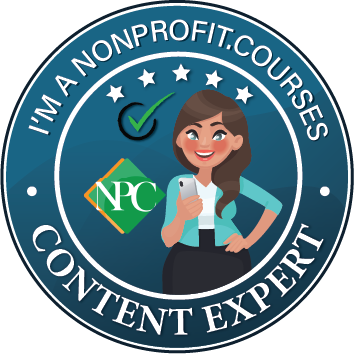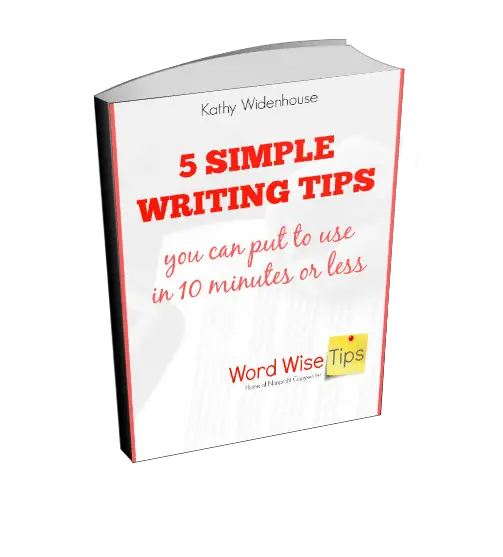Save Time: Get 5 Simple Writing Tips
you can put to use in 10 minutes
Use the 4 Ps for Persuasive Writing
Award-winning writer Kathy Widenhouse has helped hundreds of nonprofits and writers produce successful content , with 750K+ views for her writing tutorials. She is the author of 9 books. See more of Kathy’s content here.
Updated 7.12.25
When you need to write persuasively, use the 4 Ps. It is a writing formula – a series of four writing tasks that you complete in your copy or your content as a way to persuade your reader to understand your point of view. Each task begins with the letter p:
1. Promise
2. Picture
3. Proof
4. Push
Like other writing formulas, this one provides a helpful outline to follow. And like other good formulas, the 4 Ps is proven to work. It offers a simple framework to follow to achieve an end result. In this case, the end result is persuasion.
But the 4 Ps is not solely a writing formula. It started its life in the marketing world.
The 4 Ps of marketing
The 4 Ps of marketing were first introduced by professor and author E. Jerome McCarthy in his 1960 book Basic Marketing: A Managerial Approach – a text that is which has been required reading in university marketing courses since its publication.
Combined together, the 4 Ps identify the four key variables that are part of a successful marketing plan. In other words, they’re a marketing mix – a set of tools you use to deliver what customers want.
Writers should be familiar with the 4 Ps of marketing. Why? Because today, the 4 Ps remain pillars in advertising, promotion, and selling. This smart set of tools is provides the foundation for persuasion of all kinds.
The 4 Ps of marketing are:
- Product. What product or service are you selling? The description includes its features, benefits, and unique selling points (USPs).
- Price. How much will you charge for your product or service?
- Place. Where will you sell the product or service?
- Promotion. How will you get the product or service into customers’ hands – in other words, what platforms will you use (advertising, sales campaigns, public relations, direct marketing, soft selling, social media)?
Adapt the 4 Ps from marketing to persuasive writing
Even though the 4 Ps are entrenched in the marketing world, the term “marketing” can get bad press. You may think of it as “getting someone to think like me” or even coercion. Readers are smarter than that. They can see through disingenuousness or even superficiality. Plus, the thought of trying to manipulate a reader just doesn’t sit right with me.
The truth is that writing to persuade is writing to help a reader understand. You help the reader understand a problem or need, offer a solution for the problem or need, show that the solution works, and then invite the reader to use the solution.
This shift in thinking about writing to persuade – from thinking about it as coercion to thinking about it as bringing about understanding – is not just a way to feel good about what you write. The shift puts the focus on where it should be: on the reader, not you.
That’s what the 4 Ps helps you to do – focus on the reader.
Think of it this way: the original 4 Ps is a set of tools that are used to deliver what customers want. The 4 Ps of content writing is a set of tools that are used to deliver what readers want – which is helpful information.
The
4 Ps for persuasive content writing
Copywriters were the first to adapt the 4 Ps to create a structure for writing ad and sales content. Copywriting – used in sales letters, appeal letters, ads – is writing to persuade.
But the formula is a helpful outline for you to follow in writing any kind of content in which you’re trying to persuade the reader to understand your point of view. Plus, four elements are easy to remember. And they provide structure.
That’s why this particular formula is especially useful for copywriters and content writers. With a proven structure to follow, you don’t forget information that is necessary for making your case. “Persuasive copy will do certain things and contain certain elements time and time again,” says Copyblogger’s Brian Clark.
The 4 Ps for persuasive writing are:
1. Promise
Point out the problem your reader faces, the solution you offer, and a clear benefit that your solution offers – one that helps the reader with her problem or need. (You can refer to more than one benefit, but your promise should focus on a single one in particular.) You’ve done a good job with the promise if your reader clearly understands the one benefit you offer.
Example: Use a Critter-Be-Gone Shield on your birdfeeder, and you’ll never worry about squirrels eating your birdseed again.
2. Picture
Paint a descriptive, vivid picture in the reader’s mind – tell a story or describe a scene – to help her understand your promise. Here is where you build understanding through feelings. Descriptive imagery in storytelling helps you communicate the benefit of your solution.
Example: The squirrel scampered onto your birdfeeder post for the last time. You can see his frustration when he tried to work his way around the Critter-Be-Gone Shield. Even his sharp little teeth couldn’t penetrate the extra-hardened resin. Now, he has gone elsewhere for free food. You see a set of cardinals … two Carolina wrens … three or four chickadees who are now feasting on birdseed from your feeder. And doing so in peace.
3. Proof
Offer credible evidence that shows the reader why and how your solution works, appealing to her mind. This is where you build understanding through logic. Give proof like anecdotes, facts, statistics, outcomes, testimonials, and data to help the reader have a better understanding of your solution.
“I tried squirrel-proofing my birdfeeder before, but nothing worked,” says Mary S. of Madison, Wisconsin. “Critter-Be-Gone Shield has kept squirrels away from my three birdfeeders all winter long!”
4. Push
Invite the reader to take action. Make an ask in a way that the reader understands the urgency to act sooner than later.
Right now, take advantage of our special 20% offer when you order your Critter-Be-Gone Shield. It’s suitable for all sizes and types of birdfeeders. Order in the next two weeks and shipping is free. Just click here.
2 dangers to watch for with the 4 Ps
Any writing formula poses a hazard for writers. The 4 Ps is no different. In this case, there are a couple of red flags you need to watch for when you’re using the 4 Ps.
- Danger #1: pushy promotion over conversational writing. The 20th century was the Golden Age of Advertising – particularly the 1950s through the 1980s, at the time that the 4 Ps of marketing were first introduced. Post-war affluence meant consumers had more disposable income to spend as they choose. Advertisers – and writers – responded accordingly with hard sell headlines, direct mail, and ads.
But since then, consumers have become more sophisticated. They don’t want to be sold. Hype turns readers away. They prefer conversational content.
Writing tip: be especially careful not to overpromise in your content. It’s always better to overdeliver.
- Danger #2: neglected customer needs over nurtured customer needs. The 4 Ps can drift perilously into focusing on the product or service. That’s a big no-no for any type of persuasive writing. Readers don’t truly care about how many sales you make or whether or not your cause succeeds over another. Instead, they want to know what’s in it for them. The most persuasive writing is not product-centric, but always reader-centric.
Writing tip: use “you” and its variants more than you use “me” words.
Use the 4 Ps to write persuasively
Want to persuade? Show the reader what’s in it for him (promise). Describe what his life will look like if he embraces your solution (picture). Give him facts or words of authority to solidify his decision (proof). Then pitch your offer (push) – and he will respond.
Because you’re giving the reader what he wants: useful information.
More Writing Tips for Persuasive Writing
Use the 4 Cs of Writing (But Only If You Want Readers to Understand You) ...
The 1-2-3-4 Copywriting Formula: answer 4 simple questions for great content....
The PAS Copywriting Formula: It’s Especially Good for Social Media ...
Star-Chain-Hook: A Simple (and Persuasive) Content Writing Formula ...
Use the AIDA Formula to write great content ...
The SELWAB Formula: great for writing leads ...
The Power of "Because": persuade by explaining why ...
The Power of "New: It's not a gimmick - it's science ...
Use the "You Test" for More Persuasive Writing ...
Persuasive Writing Basics: write to your reader's needs ...
Top 10 Persuasive Copywriting Techniques ...
How to Write Persuasive Stories ...
Persuasive Writing Tip: how to figure out benefits quickly ...
Persuasive Writing Techniques #1: The one question you MUST answer ...
Persuasive Writing Techniques #2: Write to a real person ...
Persuasive Writing Techniques #3: Tell a good story ...
Persuasive Writing Techniques #4: Give Factual Proof ...
Formulas for Writing: the 2 kinds of categories they're grouped into ...
Get more persuasive writing tips on our Pinterest board ...
Return from The 4 Us to Nonprofit Copywriter home
As an Amazon Associate I earn from qualifying purchases.
Share This Page

Named to 2022 Writer's Digest list
BEST GENRE/NICHE WRITING WEBSITE

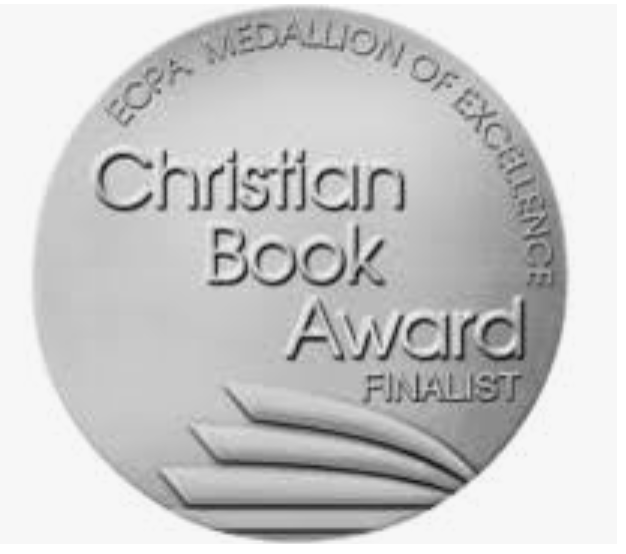
Stop Wasting Time!
Grab your exclusive FREE guide, "5 Simple Writing Tips You Can Put to Use in 10 Minutes or Less"





